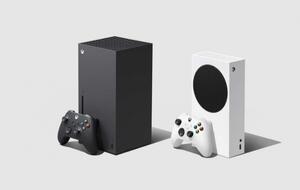For the three months ending with September 30, 2025, Microsoft recorded $77.7 billion in total revenue, up 18 per cent year-on-year.
The company said this was driven largely by growth in Cloud and AI services, which surged 28 per cent to $30.9 billion.
However, in its More Personal Computing segment - which includes Windows, Surface, and Xbox - revenue rose only four per cent to $13.8 billion, with gaming showing signs of strain.
Overall gaming revenue fell by two per cent, a dip Microsoft attributed to “a decline in Xbox hardware”.
The company’s CFO Amy Hood said in a statement that despite the hardware slump, “we delivered a strong start to the fiscal year, exceeding expectations across revenue, operating income, and earnings per share”.
Xbox’s content and services division grew one per cent year-on-year, boosted by higher engagement in Game Pass and strong performance from third-party titles, offsetting some of the losses from weaker console sales.
Microsoft expects that growth in subscriptions will continue, though revenue from content and services is projected to decline slightly in the next quarter due to fewer first-party game releases compared to last year.
The results arrive amid rising prices across Microsoft’s gaming ecosystem.
In October, Xbox raised console prices in the U.S. for the second time this year - between $20 and $70 depending on the model - citing “macroeconomic conditions”.
The company also increased Xbox Game Pass prices by 50 per cent, and reportedly raised the cost of Xbox development kits by 33 per cent to $2,000.
Despite the short-term slowdown, Xbox President Sarah Bond reiterated that next-generation hardware is in active development in partnership with AMD, describing it as a “very high-end, premium experience”.





